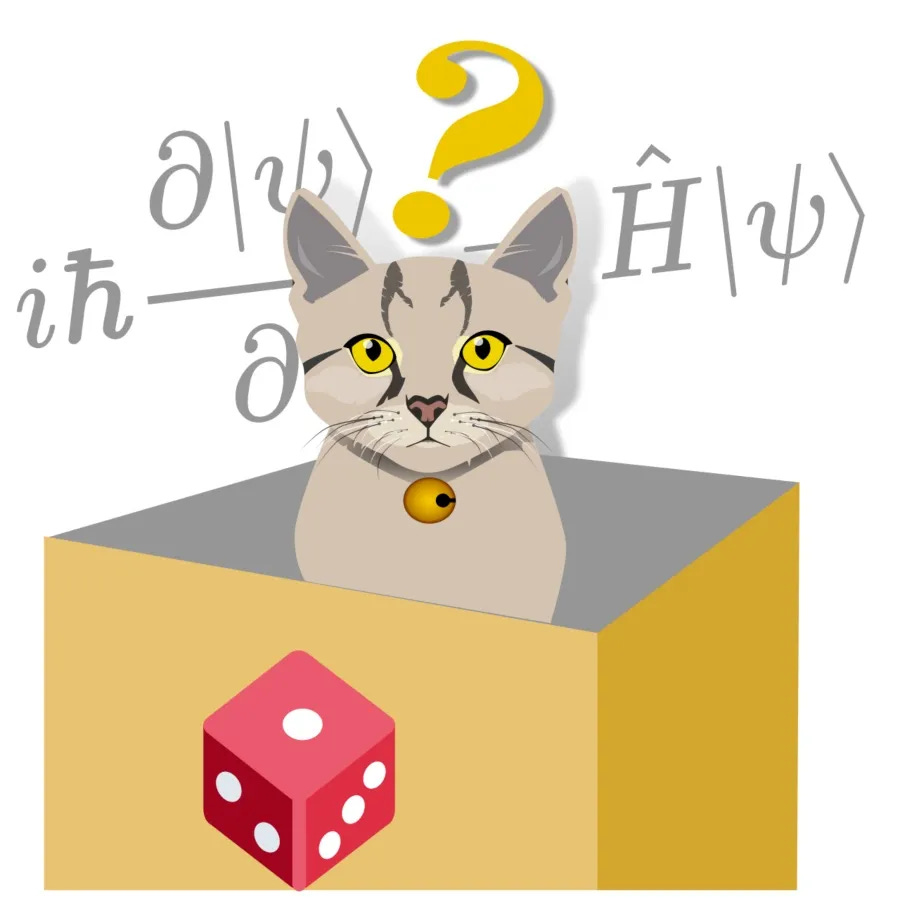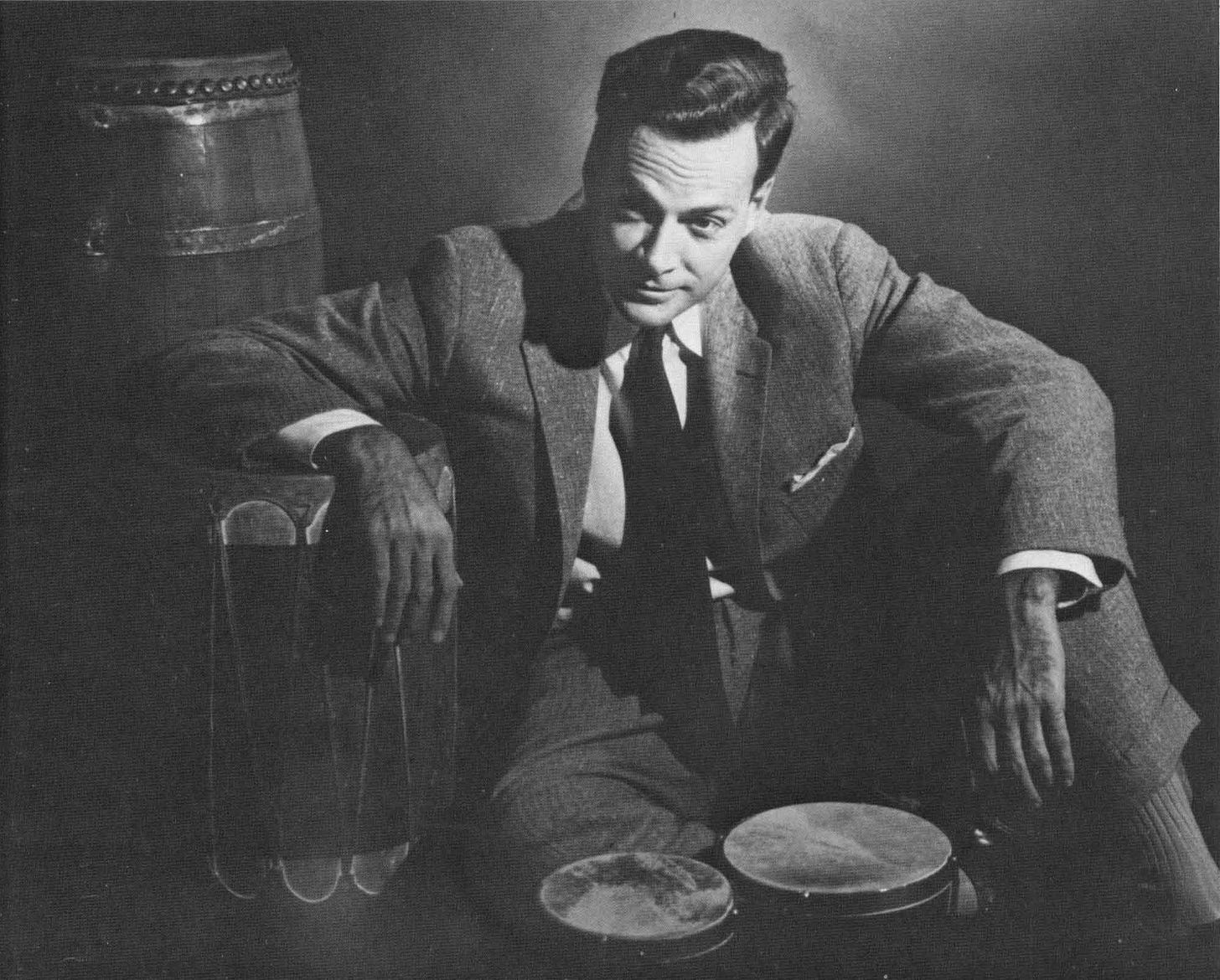
I remember a shy, quiet student in my grade 12 high school physics class whom I will call Gareth. Never without a hair out of place and always in a pullover sweater, he was piously studious. If there was any questions from the instructor that stumped his classmates, Gareth would raise his hand with tremulous excitement.
This studious fellow belonged to the high school library club and didn’t consort with denim-wearing dope-smoking burnouts or those who took high school for granted. As for me, I amused myself by doing caricatures of the instructors. When discovered, my drawings inexplicably seemed to get in the way of better grades.
The physics class instructor, whom I will call Phil - because that was his name - once described to the class Robert Millikan’s famous experiment to measure the charge of the electron. Slowly and tentatively, Gareth raised his hand. Didn’t construction of Millikan’s apparatus presuppose knowing the value of the electron’s charge, the very thing it was supposed to measure?
Phil fell silent for a moment. “That’s a very good question,” he replied, before moving on. There was no answer forthcoming and the topic never came up again. I never learned if there was something to Gareth’s question or not. I still don’t know.
I bring this up as an example of something that continues to limit education in general and critical thinking in particular. Gareth and the rest of us weren’t actually expected to ponder deeply about textbook topics, or inquire past the rote memorization of disconnected facts. We were expected to perform calculations and render the correct solutions like bright lab monkeys. Or perform experiments with weights and balances, and not fry ourselves with a bunsen burner.
Among the things we were NOT expected to do is scribble caricatures of Phil as I did, or circulate bogus scatological lab reports, as my friend Dave did. ( I recall one such circulated fake report where the lab equipment material included “50 pounds of stewed tomatoes for Phil’s enema.” “Who is the author of this masterpiece?” Phil asked testily upon discovery.)
Straight from Mt. Sinai
In my high school and college years, science might as well have been carved on tablets from Mount Sinai. Its messy conceptual and experimental foundations were culled from textbooks to present a pristine, preexisting display of knowledge.
This pattern of teaching also applied when it came to teaching quantum physics. 20th century scientists had discovered to their lasting confusion that light can behave as either particles or waves - forms as distinct as billiard balls and Bach fugues. What students rarely heard is the long historical argument between the particle crowd and the wave crowd, which dates back to the Ancient Greeks. Because, you know, that would have been interesting.
Democritus believed that light was composed of tiny particles sloughed off by the sun, while Aristotle took it to be a disturbance in a fluid ether. What was it, little bits of matter in flight or undulating, space-filling perturbations? Or as Alan Watts once put it, is the universe made up of ‘prickles or goo”? It couldn’t possibly be both pixillated and fluid at its core, at the same time. The argument went back and forth across western culture for two millennia.
Only with quantum field theory was there a mathematical rapprochement between the two forms, though it involved a tradeoff: predictability at the expense of comprehensibility. This was all well and good as long as not too many questions were asked. The expression, “shut up and calculate” represented a certain point of view within the physics community. Undergraduates weren’t encouraged to spend much time puzzling over the philosophical quandaries inherent in quantum physics. Just zip your lip and do the numbers.
“What I am going to tell you about is what we teach our physics students in the third or fourth year of graduate school,” wrote Nobel prize-winning physicist and bongo drum player Richard Feynman in QED: the Strange Theory of Light and Matter. “It is my task to convince you not to turn away because you don't understand it [quantum mechanics]. You see my physics students don't understand it... That is because I don't understand it. Nobody does.”
We non-scientists are in good company in our failure to comprehend quantum physics, it appears.

Feynman’s predecessors had determined it was impossible to exorcise wave/particle duality from their experiments on light - and it got worse. In the 1920s a French physicist of noble birth, Prince Louis de Broglie, discovered that matter also demonstrated wavelike properties. Subatomic particles such as electrons performed like trickster figures, shedding particle form in the lab to behave like waves, and vice versa.
Let’s revisit the split screen experiment to grok the implications:
If you don’t think it’s weird for tiny material objects to also behave like waves, then consider that even large objects like cars have wave-like properties, though the associated wavelength is close to nil (to be specific, approximately 10 - 38 meters). Cars don’t display their wavelike properties in a visible manner, but atomic objects called buckyballs, composed of 60 carbon atoms, do so when they are shot at a double-slit screen.
Confused yet? Good. It gets better…or worse, depending on your point of view.
Schrödinger’s Indecisive Pussycat
Bohr and Heisenberg’s colleague, the German physicist Erwin Schrödinger, supplied the mathematical formalism that tied quantum weirdness together into one tidy formulation: his famous time equation for the wave function. The wave function does not supply the precise value for any of the particle’s properties, such as its position. The wave function only lets us calculate the probability of finding the particle at a particular point in space and time - if we choose to look. Prior to looking, the wave function is said to be spread out, and it offers varying probabilities for the particle existing in different places. Physicists speak of the particle being in state of “superposition,” that is, of being in many places at once.
When the wave function is measured - ie when the electron hits the 2nd screen and leaves an electronic mark of its impact - the wave function is said to have “collapsed,” and the many places at once becomes one place at one time.
So in Schrödinger‘s formulation, the reason we cannot speak in our usual sense of the particles’ pathway through space is that there are many possible pathways, all existing in potential, and deterministic across the lifespan of the universe: that is, until the wave function is collapsed by an observation or measurement. We have a measure of likelihood of where particle will appear, but we can’’t know for certain until the measurement is performed.
Although it would be practically impossible in practice to calculate for classical-sized objects, there is a theoretical wave function that subsumes the object’s constituent subatomic particles, whether it’s a basketball, a human being, or planet Earth. Or, as Schrödinger proposed in a famous thought experiment, a cat.
Imagine this. A cat is kept hidden in a box with a radioisotope emitting radiation. The isotope has a fifty percent chance of setting off a switch that breaks a vial of poisonous gas in the chamber. Until the box is opened and the cat is observed - or “measured” - its wave function is said to be in “superposition.” The poor pussycat is both alive and dead at the same time.
We never got to ask about this paradox in physics class. None of us knew about it, to begin with.
Needless to say, this live/dead feline doesn’t accord with any common sense view of the world. There have been a number of intellectual efforts to get around the consequences of “Schrodinger’s cat,” but they end up only exchanging one form of quantum weirdness for another.
Here’s one way to avoid the problem…although it creates an even weirder situation.
In Hugh Everett and Bryce Dewitt’s “Many Worlds theory,” the multiple states of superposition collapse into physically real but incommensurable universes. Essentially, every act of observation (or rather measurement as physicists prefer to say), splits the cosmos into two separate paths which forever remain in isolation from one another. There’s one universe in which the cat is alive and another universe in which its dead. We can’t determine which universe we occupy until we open the box and ‘measure’ the cat. In essence, we “create” new universes constantly through acts of measurement!
So to clarify this further, in the instrumentalist approach of Bohr and Heisenberg, the cat collapses into either an alive or dead state upon observation. In the “realist” approach, there is not only one universe in which we find cat is alive or dead, but alternative universes elsewhere where it is one or the other. “We” occupy both: but we cannot communicate with our parallel world selves!
So the fuzzy craziness of the Copenhagen Interpretation is exchanged for the deterministic insanity of a universe constantly splitting off into separate branches, which then split into further branches, ad infinitum, ad nauseum. There are universes in which your parents never met, and ones they did but never conceived you. And more ‘recent’ universes in which you put on a different pair of socks in the morning, which then led to a daisy-chain of branching choices, which took you and your multiverse selves down different pathways, some of which involve a fender bender or discovering the love of your life or winning lottery ticket later in the day. Almost every conceivable world, within reason, is imaginable across these multiply bifurcating worlds.
(“Is there a universe where I’m dating Natalie Portman?” late-night comic John Oliver once asked Stephen Hawking in an interview. “No,” the physicist replied, mechanically and flatly.)
The effort to introduce “realism” into quantum theory by positing endlessly replicating universe would surely not have impressed Einstein. It was still too dice-like. To the end of his life, the German physicist was “ceaselessly preoccupied with the incredibly important and difficult” question of the nature of light. Labouring away on blackboards in his chaotic office at the Princeton Institute for Advanced Study, he was convinced that “the next phase of the develpment of theoretical physics will bring us a theory of light that can be interpreted as a kind of fusion of the wave and emission (particle) theories.”
Alas, his ‘grand unified theory” eluded him to his final days.
As for shy, quiet student in my physics class, I hope he never stopped asking clever, impertinent questions. Because that’s exactly what the world’s most famous physicist did, back when he was Gareth’s age and imagining himself riding on a beam of light.




I thought about this article during the day, or more precisely I turned my mind off from thinking on it during the day, for then an idea to pop into my mind about it. Your school friend Gareth pointing out that the experimental apparatus presupposed a certain conclusion says something about these paradoxical particles or waves being found at the deepest level of reality; and that the ancient Greeks thought the same things, in terms granularity or flow, at this deepest level. Perhaps we set ourselves up in ancient Greece to find in the 20th Century, the geometries of the quantum world that we have.